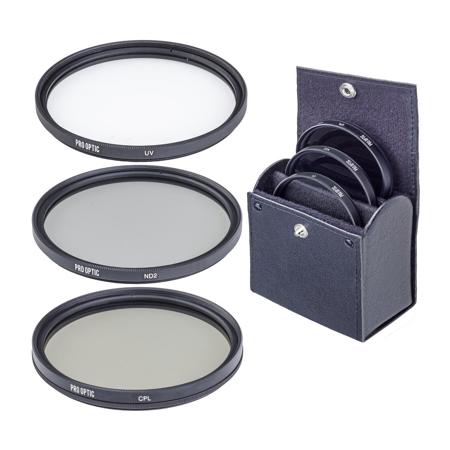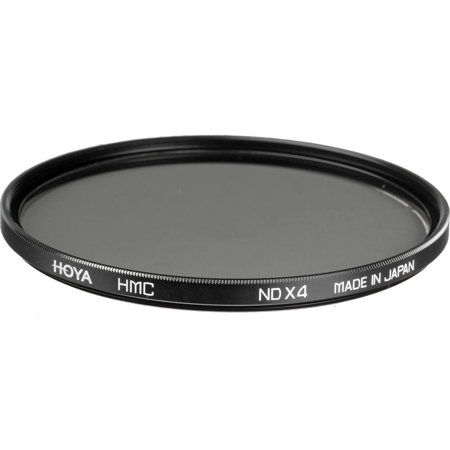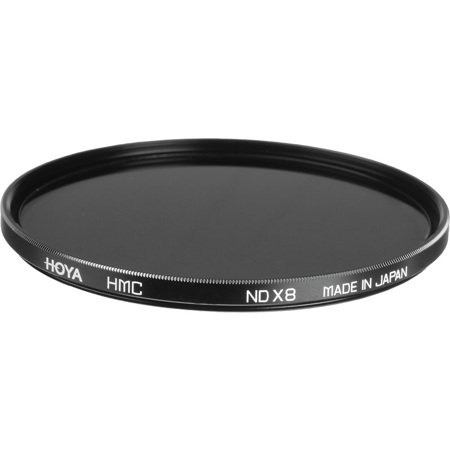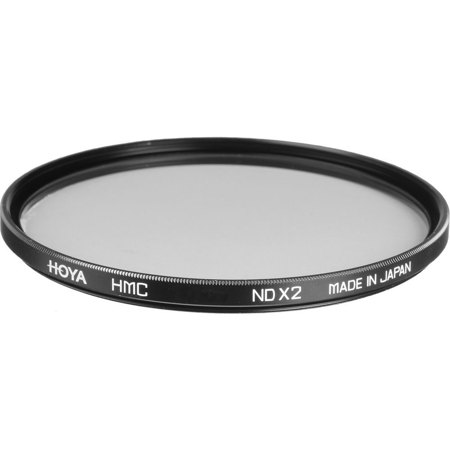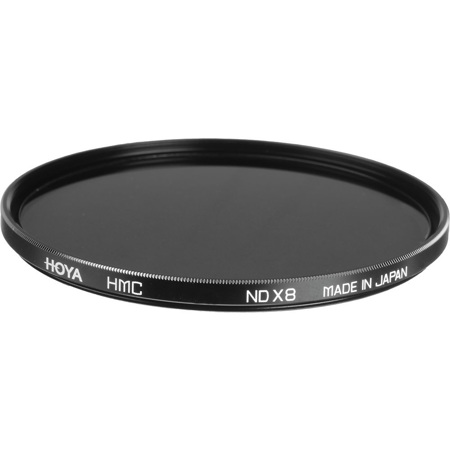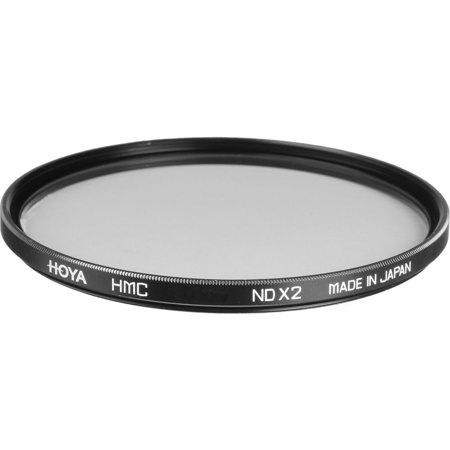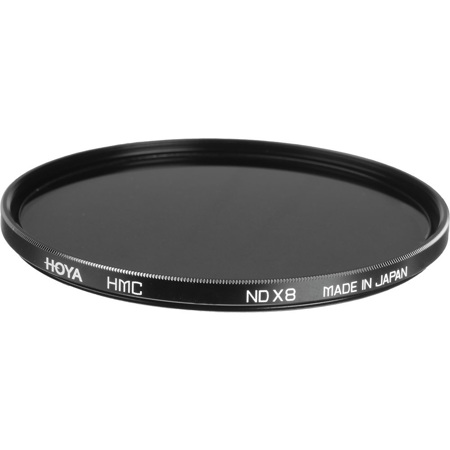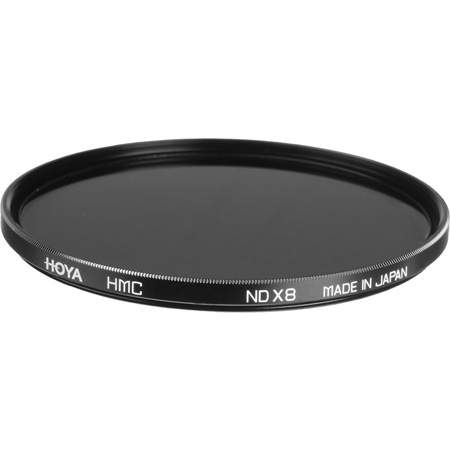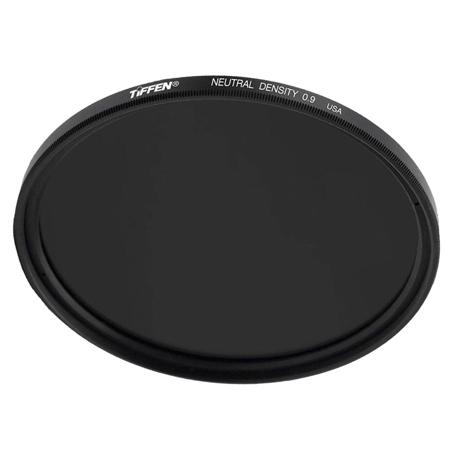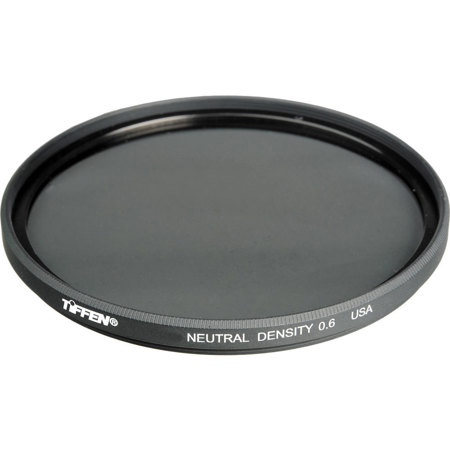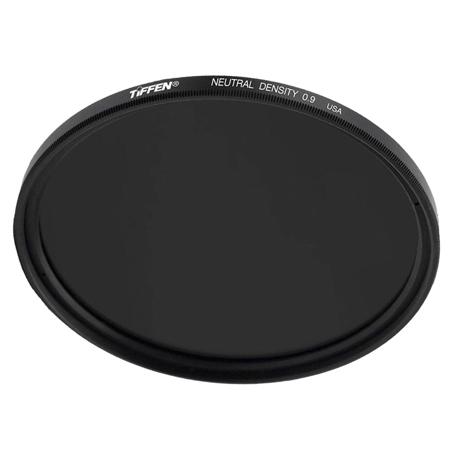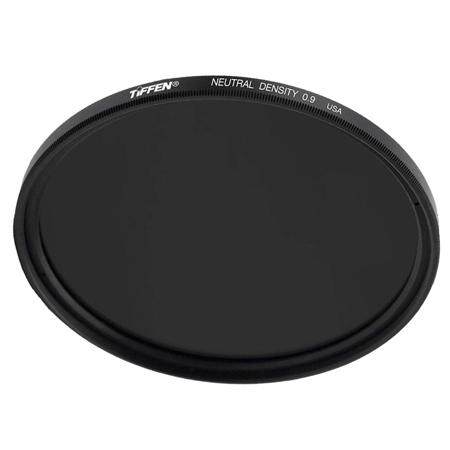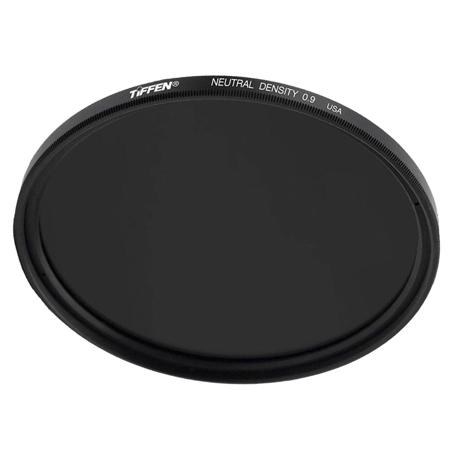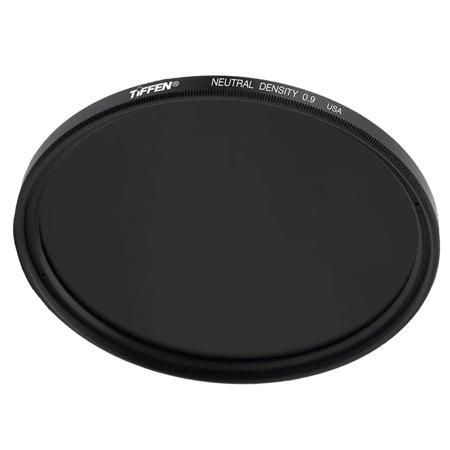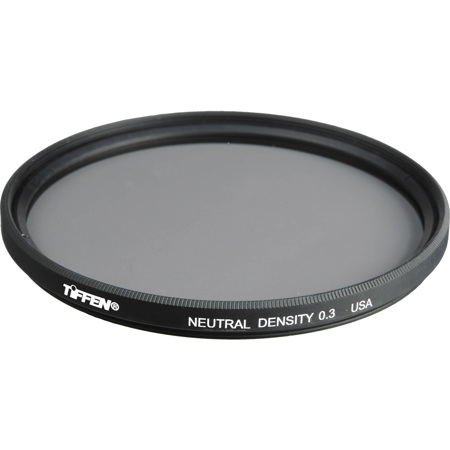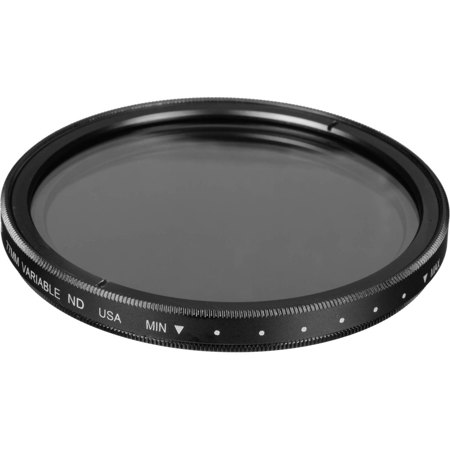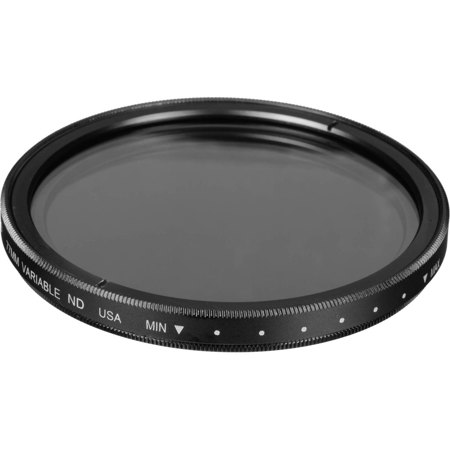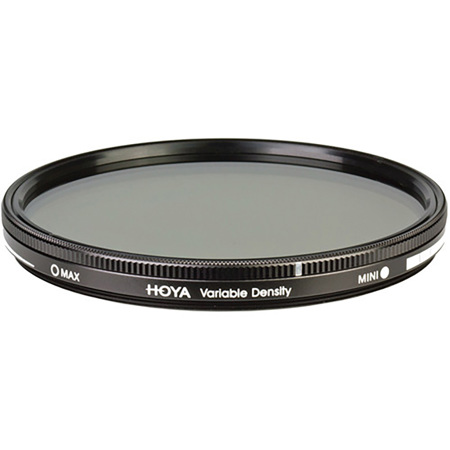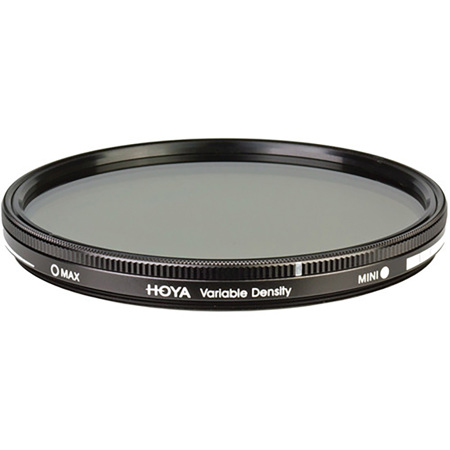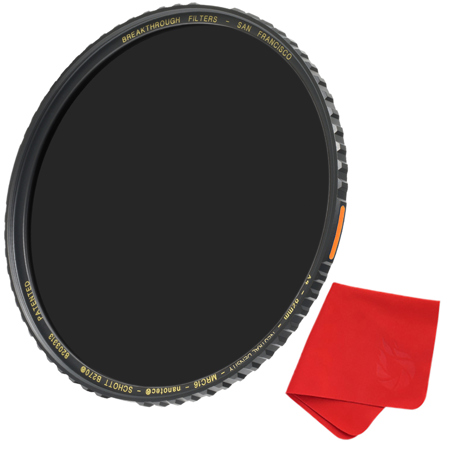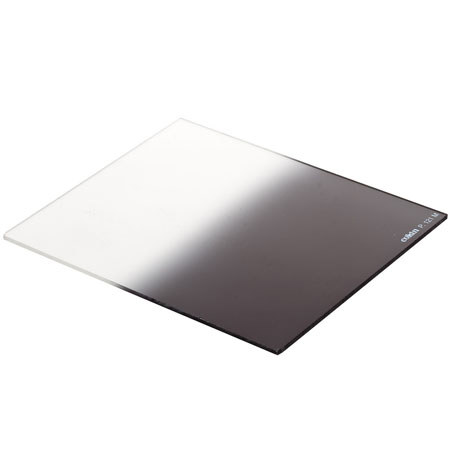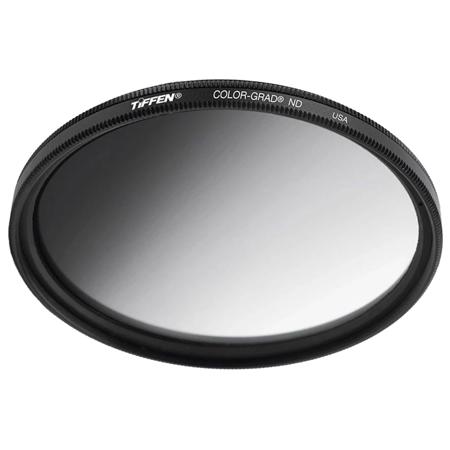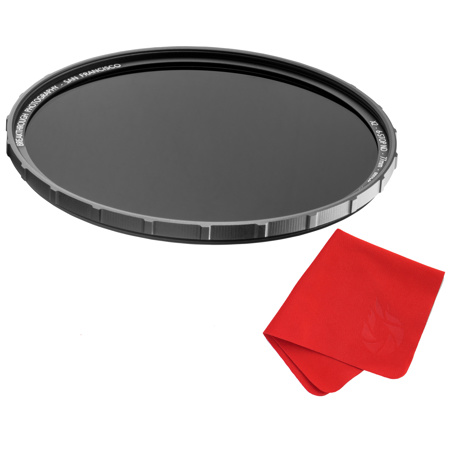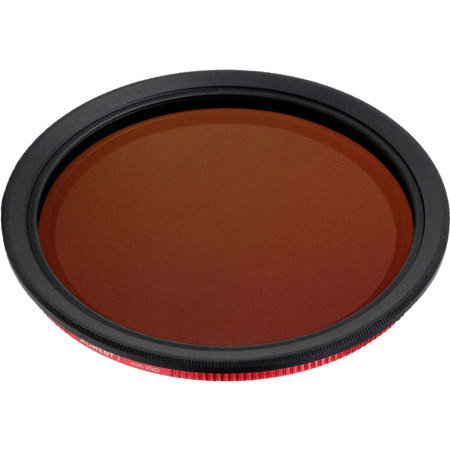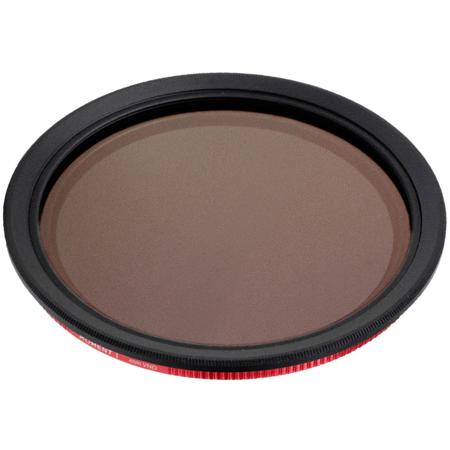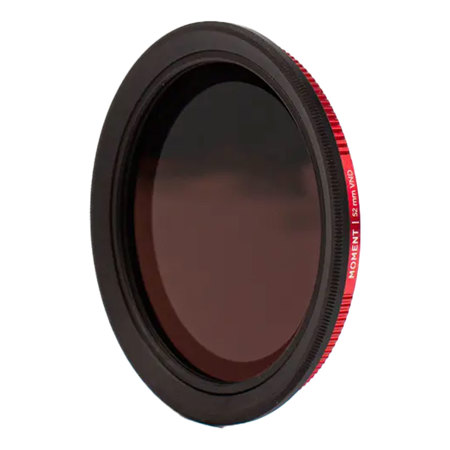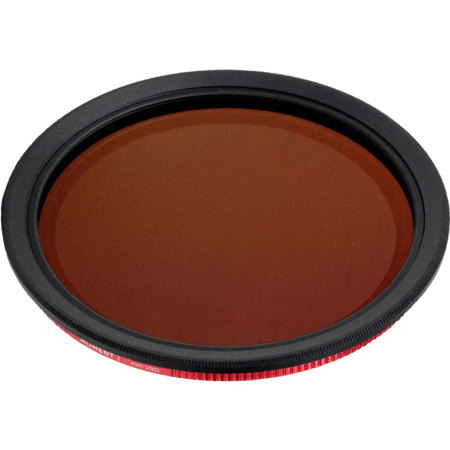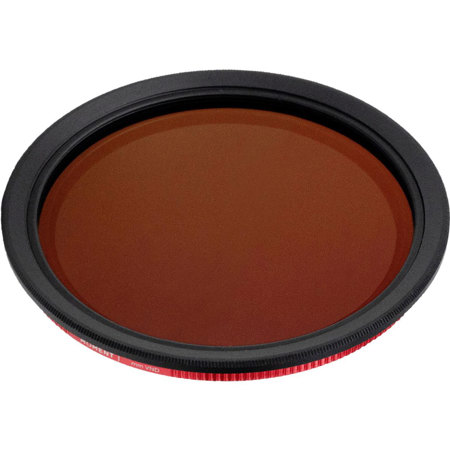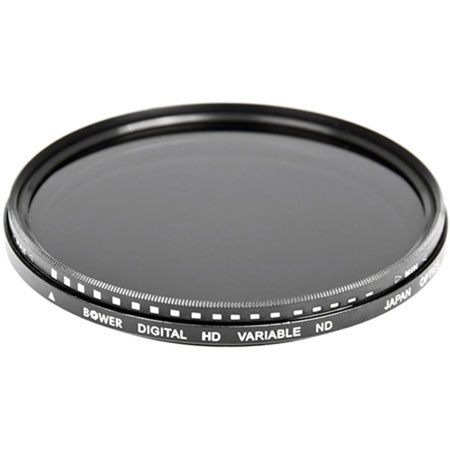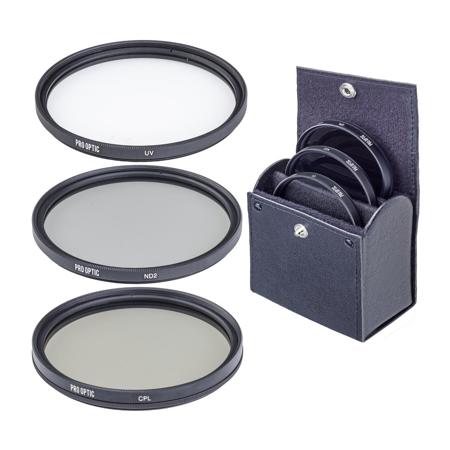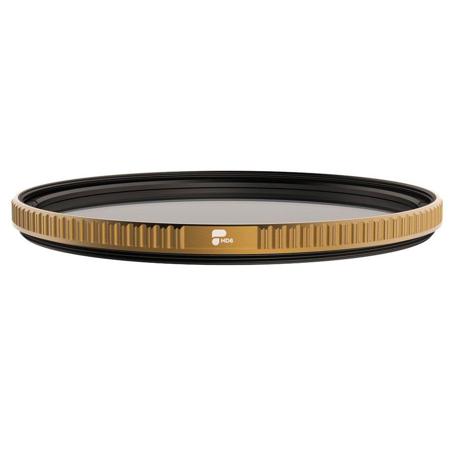Neutral Density Gel Filters
Neutral density gel filters are an essential tool for photographers, cinematographers, and lighting professionals seeking to master the art of light control. These versatile sheets of tinted polyester or polycarbonate material are designed to reduce the intensity of light without altering its color temperature, offering remarkable creative flexibility on set or in the studio. Whether you’re working with strobes, continuous lights, or even ambient sunlight streaming through a window, neutral density gel filters allow you to fine-tune exposure, balance multiple light sources, and achieve the perfect mood for your images or footage. As the days grow shorter and the autumn sunlight takes on a golden quality in September, these filters become especially valuable for managing the dynamic range of natural light and maintaining consistency across scenes. For portrait photographers, the ability to soften harsh midday sun or tame powerful artificial lights can make all the difference in capturing flattering, nuanced skin tones. In commercial and product photography, neutral density gels open up creative options for shooting with wider apertures to achieve dreamy backgrounds, even under bright lighting conditions.
The appeal of neutral density gel filters extends well beyond the studio. Cinematographers and video professionals rely on them to create cinematic looks, enabling longer exposures, smoother motion blur, and precise control over depth of field—even when shooting under intense lighting setups. Gels are lightweight, easy to cut to size, and compatible with a wide variety of lighting instruments, making them a practical addition to any grip or lighting kit. They’re a thoughtful gift for aspiring filmmakers, students, or anyone building a home studio, as they encourage experimentation and problem-solving in real-world scenarios. Imagine a documentary filmmaker capturing interviews outdoors on a crisp September afternoon, using a neutral density gel to balance the exposure between subject and background, or a wedding photographer using gels to preserve the ambiance of a candlelit reception while still achieving sharp, well-exposed images. For those working in theater or live events, neutral density gels are indispensable for shaping the atmosphere on stage, subtly dimming fixtures without sacrificing color consistency or introducing unwanted color casts.
When selecting neutral density gel filters, it’s important to consider factors such as density strength, heat resistance, and compatibility with your lighting fixtures. Gels are available in a range of strengths, from subtle reductions for fine-tuning to heavy densities for dramatic effects. Many professionals keep a swatch book or a set of pre-cut gels on hand, ready to adapt to changing lighting conditions or creative needs. Proper storage and handling are essential to preserve the integrity of the gels, as excessive heat or rough handling can cause warping or fading over time. For those venturing into video production, understanding the differences between gel filters and traditional glass or screw-on filters can be crucial; each offers unique advantages depending on the workflow and desired outcome. If your work frequently alternates between still photography and motion, you may also want to explore additional resources such as our curated selection of Neutral Density Filters For Video, which highlights options tailored specifically for videographers. Ultimately, neutral density gel filters are a small investment that yields significant creative dividends, empowering image-makers of all skill levels to harness and shape light with confidence and artistry.
The appeal of neutral density gel filters extends well beyond the studio. Cinematographers and video professionals rely on them to create cinematic looks, enabling longer exposures, smoother motion blur, and precise control over depth of field—even when shooting under intense lighting setups. Gels are lightweight, easy to cut to size, and compatible with a wide variety of lighting instruments, making them a practical addition to any grip or lighting kit. They’re a thoughtful gift for aspiring filmmakers, students, or anyone building a home studio, as they encourage experimentation and problem-solving in real-world scenarios. Imagine a documentary filmmaker capturing interviews outdoors on a crisp September afternoon, using a neutral density gel to balance the exposure between subject and background, or a wedding photographer using gels to preserve the ambiance of a candlelit reception while still achieving sharp, well-exposed images. For those working in theater or live events, neutral density gels are indispensable for shaping the atmosphere on stage, subtly dimming fixtures without sacrificing color consistency or introducing unwanted color casts.
When selecting neutral density gel filters, it’s important to consider factors such as density strength, heat resistance, and compatibility with your lighting fixtures. Gels are available in a range of strengths, from subtle reductions for fine-tuning to heavy densities for dramatic effects. Many professionals keep a swatch book or a set of pre-cut gels on hand, ready to adapt to changing lighting conditions or creative needs. Proper storage and handling are essential to preserve the integrity of the gels, as excessive heat or rough handling can cause warping or fading over time. For those venturing into video production, understanding the differences between gel filters and traditional glass or screw-on filters can be crucial; each offers unique advantages depending on the workflow and desired outcome. If your work frequently alternates between still photography and motion, you may also want to explore additional resources such as our curated selection of Neutral Density Filters For Video, which highlights options tailored specifically for videographers. Ultimately, neutral density gel filters are a small investment that yields significant creative dividends, empowering image-makers of all skill levels to harness and shape light with confidence and artistry.
